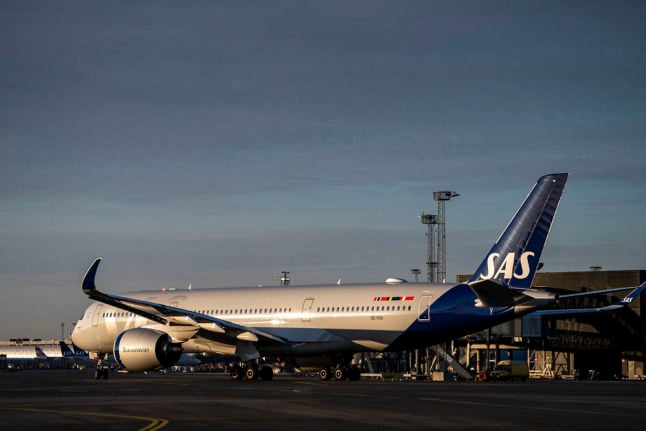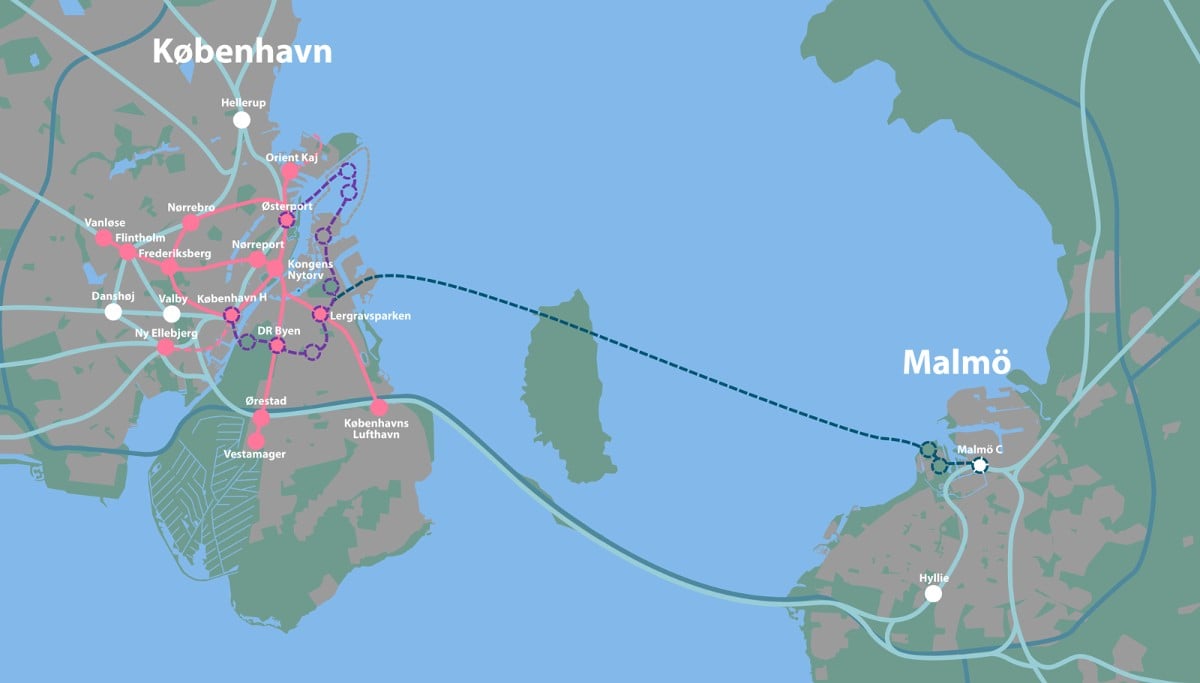A broad majority of parties in the Danish parliament agreed on Tuesday night on “significant easing and simplification of travel restrictions” in place due to the Covid-19 pandemic.
“The majority of the Danish population is fully vaccinated, whereby Covid-19 presents a lesser danger for the population and society,” a Ministry of Justice statement read, announcing the agreement.
The parties meanwhile maintain that there “remains a need for a response which can be quickly and efficiently activated if new, concerning virus variants emerge abroad and can threaten control of the epidemic in Denmark”.
In the statement, the parties also cite the advanced stage of Covid-19 vaccination programmes across Europe as a supporting factor in easing travel rules.
A key part of the agreement is the decision to “normalise (foreign ministry) travel so that the coronavirus situation in other countries does not form the basis of Foreign Ministry travel guidelines”, the justice ministry said.
“This is a logical step back towards normality, where travel restrictions reflect the security situation abroad – and not corona,” it added.
Additionally, entry restrictions will be streamlined and simplified to focus on travellers who are not vaccinated against or previously infected with Covid-19, conferring immunity.
Earlier restrictions can be reimplemented in response to the emergence of concerning variants in other countries.
New rules for Danish residents travelling abroad (effective from Friday October 15th)
- Foreign ministry travel guidelines no longer be colour coordinated in accordance with Covid-19 infection rates in a country. Guidelines will return to a focus on security
- Travellers from Denmark advised to check entry restrictions at destination on Danish Embassy websites
- Non-vaccinated Danish residents can check testing and isolation requirements for return to Denmark via coronasmitte.dk website.
New entry rules for travel to Denmark (effective from Monday October 25th)
- Within the EU and Schengen zone, vaccinated people, people with previous and infection and those who have a negative Covid-19 will be able to enter Denmark with no restrictions
- People with no vaccination, previous infection nor negative test will be required to take a test within 24 hours after entering Denmark
- The ‘worthy purpose’ required for entry to Denmark from people from some country categories and vaccination statuses will be entirely revoked
- Requirements for testing prior to entry into Denmark will be revoked
- Police border control related to Covid-19 ends
- Fully vaccinated people from OECD countries, countries on the EU’s positive list from which Denmark allows travel and countries added to the EU’s digital health certificate scheme (on an ongoing basis) can enter Denmark without any testing and isolation requirements
- Non-vaccinated people from countries on the EU’s positive list from which Denmark allows travel will be required to take a Covid-19 test after entering Denmark
- People entering from third countries not on the EU’s positive list will still be required to comply with testing and isolation rules.
“We are in a good position in Denmark in which Covid-19 is no longer considered a critical threat to society and the majority of the population is now vaccinated. It is therefore no longer necessary to maintain intense police border controls in which tourists from outside the EU needed specific reasons to be permitted to enter Denmark,” justice minister Nick Hækkerup said in the statement.
“I am therefore pleased that the government and a broad majority of parliament has agreed to revoke the majority travel restrictions,” he added.
Parties from both sides of the political aisle support the agreement, which received the backing of the Social Liberals, Socialist People’s Party, Red Green Alliance, Liberal Party, Conservatives, Danish People’s Party, Liberal Alliance and Alternative, along with the government.





 Please whitelist us to continue reading.
Please whitelist us to continue reading.
Member comments